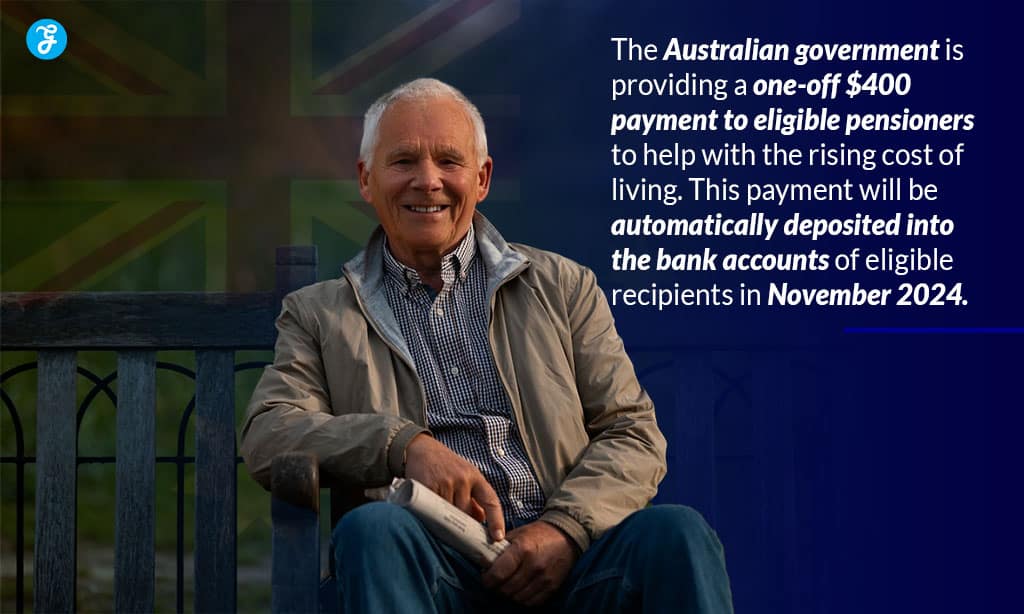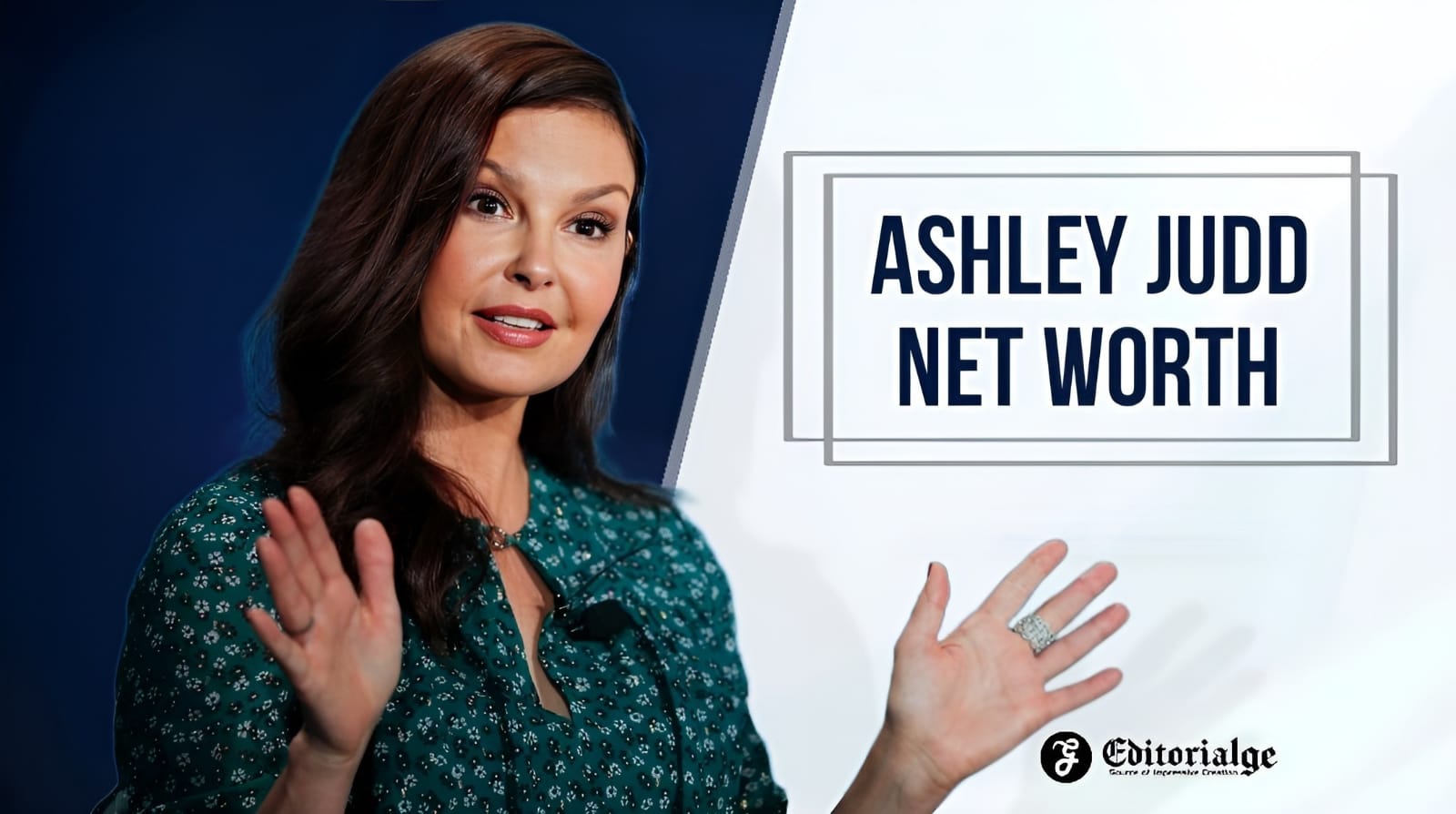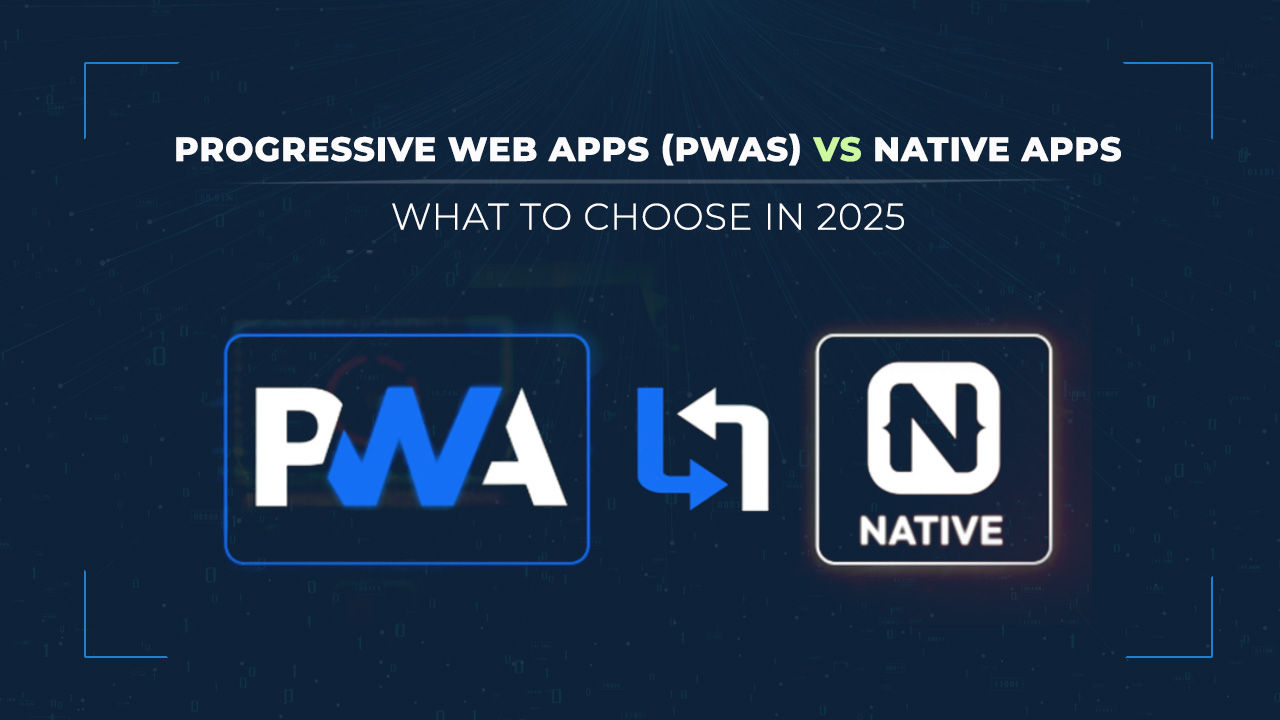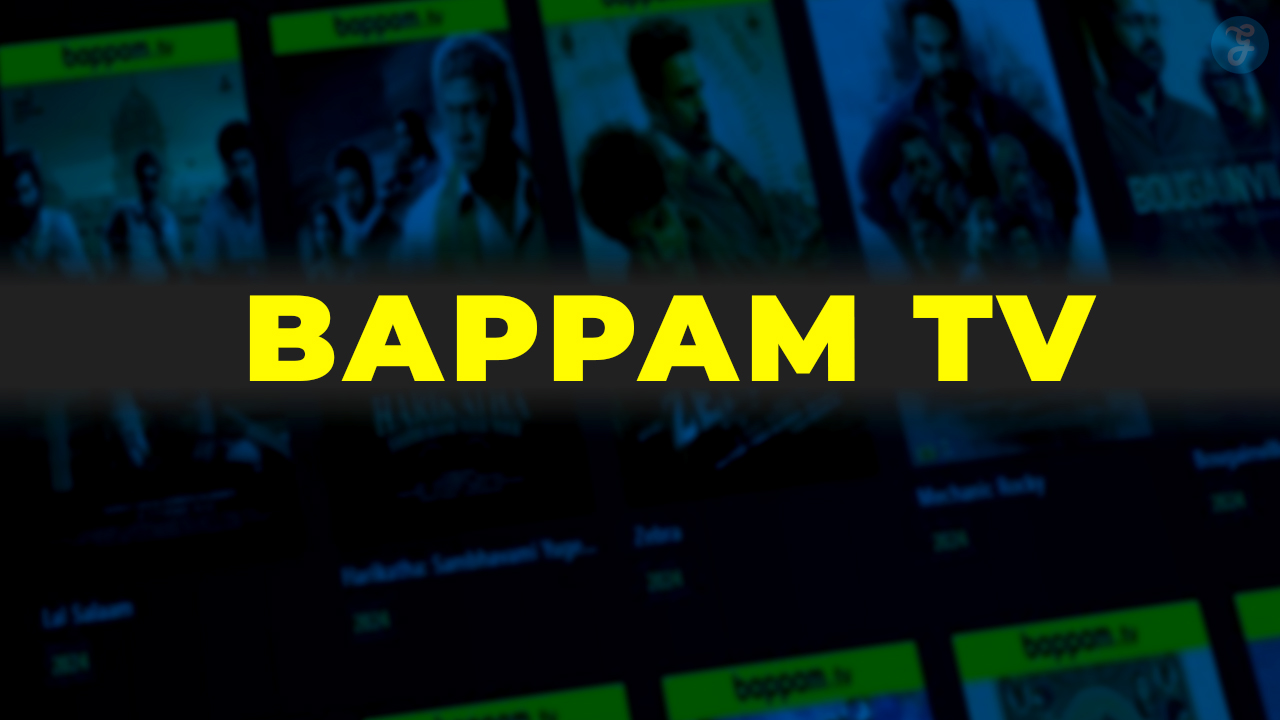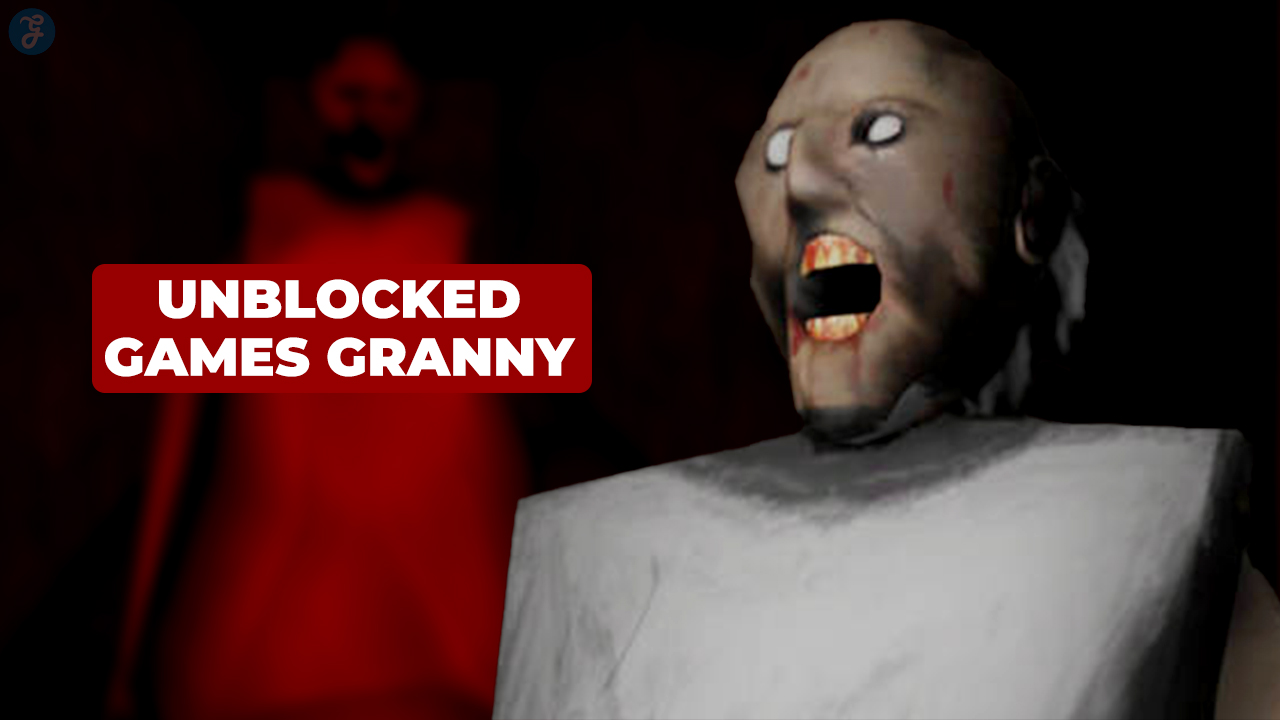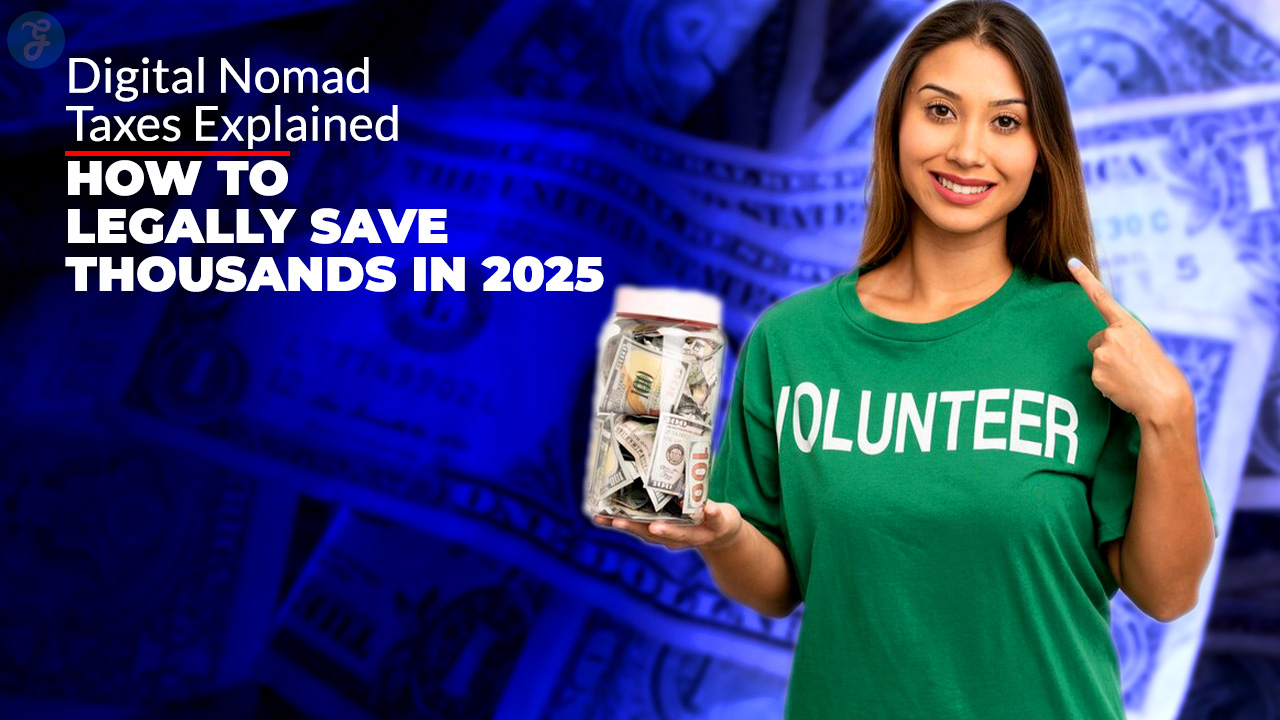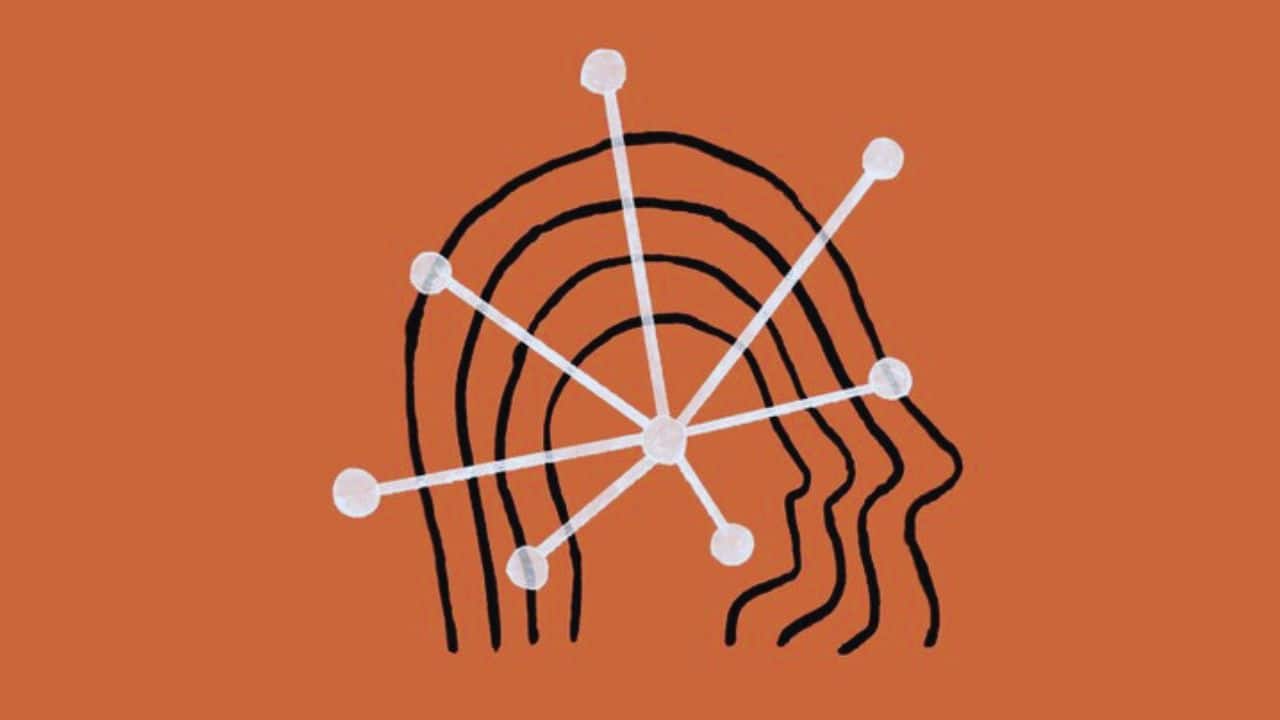Are you a pensioner feeling the pinch from rising costs? With everything getting more expensive, making ends meet is getting harder. The Australian government knows this and has a plan to help.
They’re giving out a $400 Centrelink payment for pensioners in October 2024.
This money aims to ease the burden on seniors over 65 who rely on an age pension. You don’t have to do anything special to get it—it will land directly in your bank account if you’re eligible.
Our article breaks down who can get this help, how to make sure you’re ready for it, and ways to use it wisely. Keep reading—this could be just what you need.
Understanding the $400 Centrelink Payment for Pensioners
The Australian government has set aside a $400 payment for pensioners. This one-time help is coming in October 2024. Its main goal? To ease the sting of rising prices on everyday needs like food and health care.
Think of it as a boost to make life a little easier for seniors who feel the pinch.
Pensioners, including those on age pensions, disability support pensions, and many others, will get this bonus straight from Centrelink. Yes, you heard that right—no need to jump through hoops or fill out complex forms.
If you’re eligible, the money lands directly in your bank account. It’s all about giving quick relief amidst climbing costs without making life harder with paperwork.
$400 Centrelink Payment for Pensioners: Eligibility Criteria
To get the $400 Centrelink payment, you must meet certain rules. These include how old you are, if you’ve stopped working, where you live, and how much money or assets you have.
Age Requirement
You need to be 65 or older to get the $400 Centrelink payment. This rule is for retired people who want some extra money. If you are 65 and think about retiring, this payment could help you with expenses.
Make sure you meet this age requirement before applying for the benefit. It’s a key step in checking if you can get the $400 from Centrelink.
Retirement Status
To get the $400 Centrelink payment, people must be retired. This means they have stopped working and now receive an age pension from Centrelink. They could get either a full or part pension.
Being retired is key to this process.
Centrelink helps those who used to work but don’t anymore because of their age. To receive the payment, someone’s job years must be behind them, and they should now depend on the age pension from Centrelink for support.
Residency
You must live in Australia and be a permanent resident. This rule makes sure that the $400 Centrelink payment goes to people who call Australia home. It’s not for those living here just for a short time.
Being an Australian citizen counts too.
People staying in another country but are Australian citizens can get this money as well. But if you’re only here for a little while and not planning to stay, you might not qualify.
The idea is to help residents and citizens make ends meet, especially when times are tough.
Income and Means Testing
To get the $400 Centrelink payment, your money and things you own matter. Centrelink looks at what you earn and what you have to decide if you qualify. This is called means testing.
If you make too much money or have lots of valuable things, you might not get the payment. It’s a way to make sure the help goes to those who need it most.
For this test, Centrelink checks all kinds of income, like wages from jobs, Newstart Allowance, Youth Allowance, and other benefits. They also look at your assets – things like money in the bank, investments, and property that isn’t your main home.
The rules are strict but fair. They ensure that pensioners with less get more support.
$400 Centrelink Payment for Pensioners: Application Process
Applying for the $400 Centrelink payment is straightforward. First, gather all your needed papers, like ID and income details. Then, visit the Centrelink website or go to their office to submit your application.
This process helps ensure you get your money without stress or confusion.
Step-by-step guide on how to apply
Applying for the $400 Centrelink payment is straightforward. Here’s how pensioners can do it.
- Log into your MyGov account online. Make sure it links to Centrelink.
- Click on “Payments and Claims” from the dashboard.
- Look for pension details to see if you’re eligible.
- Find the section labeled “Apply for Payments.”
- Choose the $400 payment option under this section.
- Read all instructions carefully before you start.
- Gather all necessary documents, such as ID and income statements.
- Fill in all required information accurately.
- Upload copies of your documents when asked.
- Review your application one last time to make sure everything is correct.
- Submit your application online through MyGov.
- Wait for a confirmation email or message from Centrelink.
Contact Centrelink directly if you have any questions about your eligibility or need help applying.
Necessary documents for application
Applying for the $400 Centrelink payment is simple. You need some key documents to start.
- Proof of identity: This could be a passport, driver’s license, or birth certificate. It shows who you are.
- Centrelink Customer Reference Number (CRN): If you already get benefits like jobseeker payment or family tax benefit, you have this number.
- Bank account details: This is where Centrelink sends your money. Make sure these details are current.
- Income statement: It shows how much money you make. This helps Centrelink decide if you qualify.
- Asset information: Tell them about things you own that might be worth a lot of money.
- Proof of residency: A bill or a lease agreement works here. It proves you live in Australia.
- Retirement status evidence: If retired, show paperwork like a letter from your last job.
Make sure all information is correct and up-to-date before sending it in!
Distribution Details
Once you get approved for the $400 Centrelink payment, knowing when and how you’ll receive your money is next. You can expect the funds to arrive in your bank account on a set date, making sure you have easy access to use it as needed.
Payment Date
The first $400 Centrelink payment for pensioners comes out on March 20, 2024. Then, the second one follows on August 21, 2024. By September 2024, everyone who qualifies should have their final share.
This schedule helps you plan your budget better.
Mark these dates on your calendar to keep track of when the money arrives. Knowing these dates is important for managing expenses and planning ahead. If you rely on payments like this, it’s good to know exactly when they’ll be in your account.
Methods of Payment Distribution
Centrelink knows how to make payment easy. They will put the $400 directly into bank accounts.
- Money goes straight into the bank account you told Centrelink about.
- You must have a bank account. If you don’t, open one.
- Payments land in your account on a set date. Centrelink will tell you when.
- If your bank details change, update them with Centrelink ASAP.
- No need for checks or going to an office. It’s all done online.
- This method is safe and fast.
Everyone gets their money without hassle. Make sure your bank details are right to get your payment on time.
Updating Bank Details
Updating your bank details is key if you get Centrelink payments. You need to do this to make sure you get your money without delay.
Here’s how to update your bank information:
- Log into MyGov. Use your username and password.
- Choose Centrelink from the list of services.
- Click on ‘Payments and Claims’ from the menu, then ‘Banking’.
- Select ‘Update Bank Details’. Here, you can change or add new bank info.
- Enter your new banking details—account name, BSB, and account number.
- Double-check what you entered for mistakes.
- Click ‘Submit’ to finish the update.
Make sure your information is current before any Centrelink payment dates to avoid delays in receiving funds like pension, job seekers support, or career payments.
Use these steps whenever your banking situation changes to keep getting your payments on time.
Maximizing Benefits from the $400 Payment
Maximizing your $400 payout demands astute strategizing. Begin by auditing your monthly expenses—identify where this supplementary income can be most beneficial. Perhaps it’s appropriate to settle a minor liability or allocate it to escalating costs in daily provisions or utilities.
Maintaining a budget is also beneficial. Monitor your expenditure so you have clarity on each dollar’s allocation. This guarantees you utilize the $400 where it serves your best interest.
Subsequently, envisage more than just immediate expenses—savings or emergency reserves might be in need of an increment. Even a marginal sum added to savings presently could gradually accumulate, providing enhanced security in the future. If feasible, evaluate the option of investing a portion of the money in methods that could increment its worth over a period.
This strategy entails addressing immediate necessities while also preparing for the future—a fruitful method to extend the reach of this one-off financial influx.
Tips on budgeting and spending
Getting an extra $400 can really help with your expenses. Here’s how to use that money wisely:
- Pay your bills first. This could be for electricity, water, or rent.
- Buy what you need most, like food and medicine.
- Put some money into savings. This helps if you have an emergency later.
- Look for discounts on essentials. Stores often have sales on items you use every day.
- Plan your meals for the week. This helps you avoid buying things you don’t need.
- Use coupons when shopping. They can save you a lot of money over time.
- Cut down on eating out. Cooking at home is cheaper and can be healthier too.
- Check if you can get help with child care costs if needed.
- Make a budget and stick to it.It shows where your money goes each month.
- If you’re a senior, use your Commonwealth Seniors Health Card to get cheaper healthcare and medicines.
- Take advantage of free community services. This can include things like libraries or local events.
FAQs about $400 Centrelink Payment for Pensioners
Got questions about the $400 Centrelink payment? You’re not alone. Many wonder if they need to fill out a separate form to get this money or what steps to take if the payment doesn’t arrive as expected.
We’ve got answers that will help clear things up and guide you through any issues you might face.
1. Do I need to apply separately for the payment?
No, you do not need to apply for the $400 Centrelink payment if you are a pensioner. The payments will come to you automatically. This means eligible pensioners don’t have to do anything extra to get this money.
The system is set up so that those who qualify will see the payment in their account without having to fill out forms or provide more documents. This makes it easy and stress-free for retirees, widows, and others on parental leave or receiving parenting payment.
2. What if I didn’t receive the payment on the declared date?
If you didn’t get your payment on time, don’t worry. First, check if Centrelink has the right bank info for you. If everything looks good but you still didn’t receive your money, it’s time to act.
You should call or visit Centrelink as soon as possible. They will help figure out why there was a delay and when you can expect your payment.
Sometimes payments are late due to a small issue that can be fixed quickly. If Centrelink missed giving you $400 in March, they would add it to later payments. Make sure to contact them directly for any concerns about missing payments.
This way, they can sort out the problem fast and make sure you get your money soon.
Takeaways
This $400 Centrelink payment helps pensioners with living costs. People over 65 who get an age pension can get this money. It goes straight to their bank accounts in October 2024. You don’t have to do anything extra to get it.
Just make sure your bank info is right. Use the money wisely—pay bills or buy what you need most. For more details, visit Services Australia’s website. This payment is a big help for seniors dealing with higher prices for things like housing and food.




